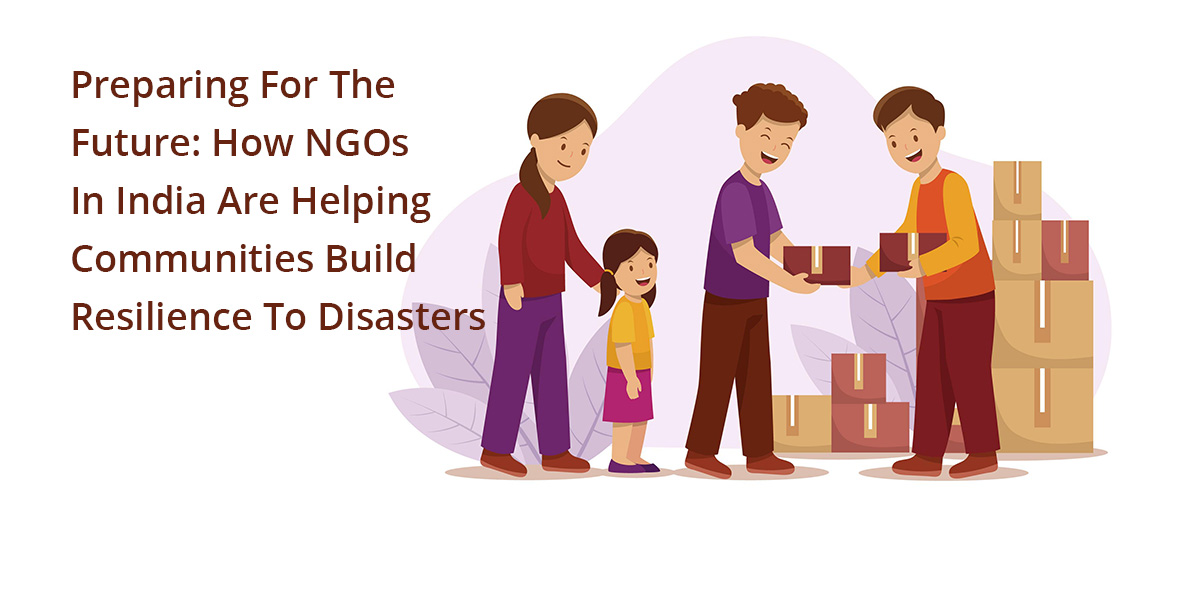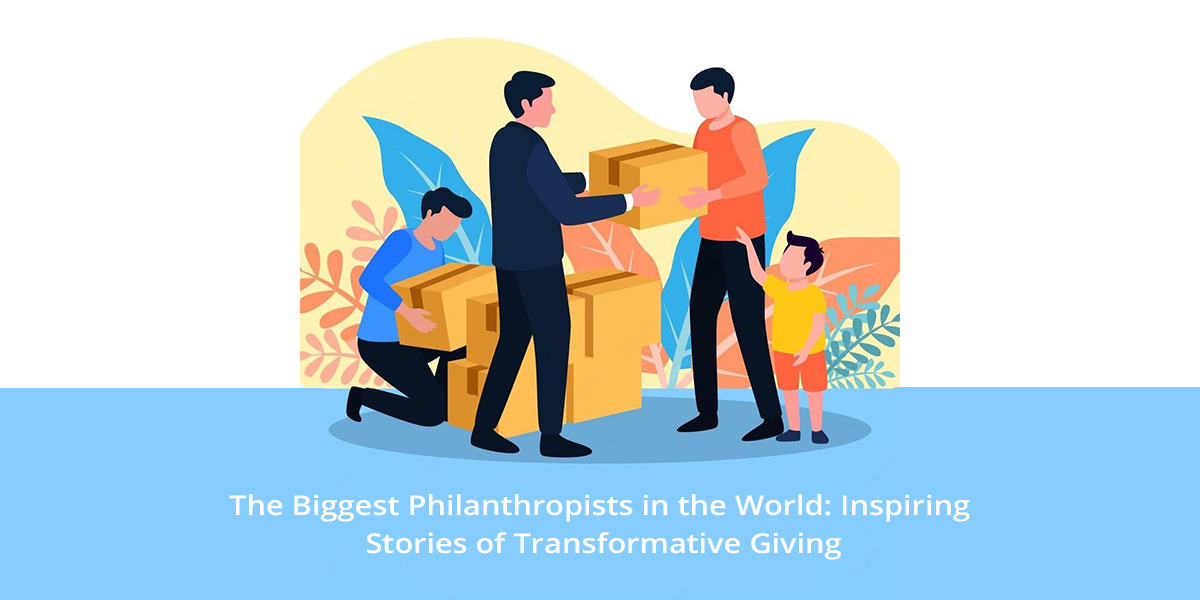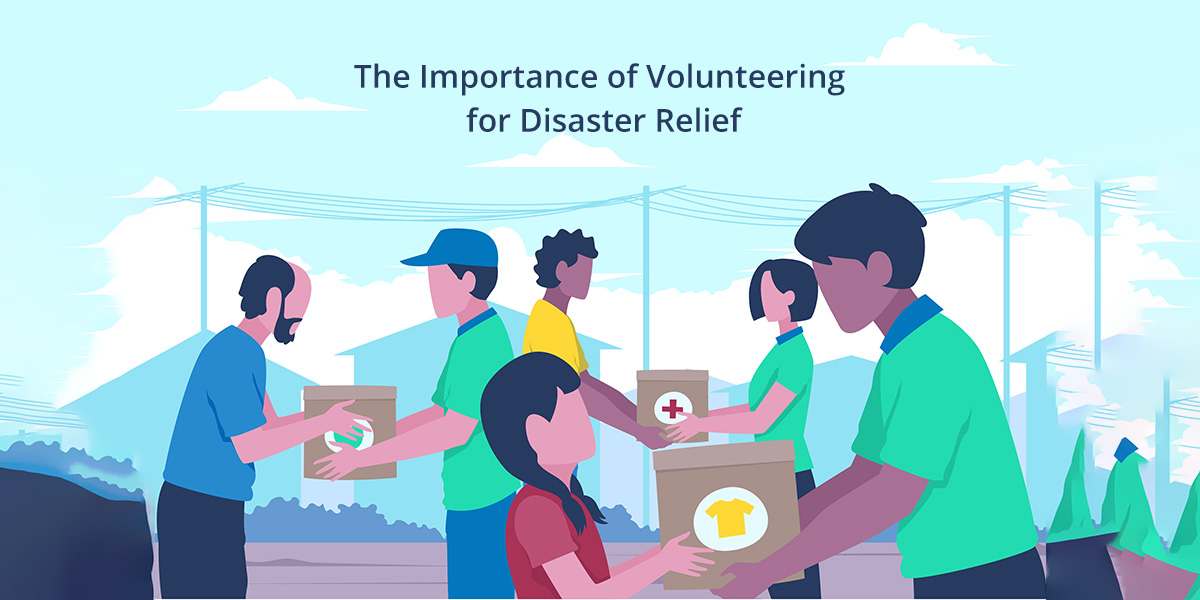Table of Contents
The Importance Of Building Resilience To Disasters In India
Lack of resilience to disasters directly impacts the economic condition of the country. The economic weight that comes after every disaster is far too heavy to carry; however, augmented resilience enables improved anticipation of disasters and better planning to decrease disaster loss.
The experts say there is an immediate need to look for ways to strengthen the resilience of transitioning infrastructure systems, emphasizing human-centered approaches.
The Challenges Of Building Resilience To Disasters In India:
- Limited Awareness Of Disaster Risks And Preparedness Measures:
In developing countries like India where resources are limited, communities can play a crucial role in DRR. However, the challenge lies in the lack of knowledge and awareness of disaster risks in communities. This lack of awareness leads to a lack of caution and preparedness measures.
- Lack Of Resources or Capacity To Implement Resilience-Building Measures:
Communities are usually first responders in any disaster. However, local resources reach their capacity fairly quickly during a crisis. They lack resources due to a number of reasons, the most common being the lack of awareness and the lack of a set system and training to be able to effectively carry out Disaster Risk Reduction (DRR).
Vulnerable groups find it hardest to reconstruct their livelihoods following a disaster, making them more vulnerable to the effects of subsequent hazard events. Consequently, we have to reduce vulnerability in order to reduce disaster risk. Assisting in rebuilding and recovering these vulnerable communities proves to be a challenge for NGOs due to the lack of ability of these communities to recover themselves.
Strategies Used By NGOs To Build Resilience To Disasters In India
A Community-Led Preparedness and Response is a cluster of training programs put in place and facilitated by NGOs and other Government Agencies in order to create a community that is safe and robust. These training programs involve the training of communities that can assist in emergency disaster response and in fortifying the entire district in subsequent parts to make an entire area resilient to disasters. The result is a safer stronger and wiser community that is well-equipped to lead in disaster response.
- Building infrastructure or implementing technologies to reduce disaster risks, While technology may not be able to directly assist with vital resources like food, shelter, water, and proximity to loved ones – technology and its various verticals are evolving speedily in changing disaster management preparedness. A variety of tools made possible by technology have assisted the government and civic organizations in determining the precise location of disasters before they strike, thereby reducing the number of fatalities. Aerial Robotics, for instance, assesses real-time damage, increases situational awareness through high-resolution mapping, and delivers items faster, cheaper, and more efficiently. Global Non-Profit We-Robotics Program Assistance Robotics identifies local human needs and provides robotics solutions through regional flying labs.
- Disaster education aims to provide knowledge among individuals and groups to take action to reduce their vulnerability to disasters. Researchers have come up with criteria for education programs for different groups of people. They have been bifurcated accordingly. Education for vulnerable people, first responders, second-line teachers (teachers, local authorities, government officials, etc.), and children. Facilitators i.e Government agencies and NGOs, via these educational programs, reach, train, and prepare all parts of the community for disaster management.
- Helping communities develop contingency plans and disaster recovery plans
- NGOs initiate and assist with communities’ emergency response contingency plans. These plans consist of steps that are to be taken in case of an emergency disaster. NGOs help communities plan a risk reduction plan that takes into account the particular needs, rights, and capabilities of members of various at-risk groups. These plans also take into account the presence and involvement of men, women, and children from all cultural backgrounds.
Examples Of Successful Resilience-Building Efforts By NGOs In India
Kerala Floods
- Indians from different parts of the country used social media to help people stranded in the flood-hit southern state of Kerala. Hundreds took to social media platforms to coordinate search, rescue, and food distribution efforts and reach out to people who needed help. Social media was also used to support fundraising for those affected by the flooding. Several Bollywood stars supported this.
- Some Indians have opened up their homes for people from Kerala who were stranded in other cities because of the floods. Efforts increased post-monsoon to get relief supplies to isolated areas along with clean-up operations where water levels were falling.
- British-based Sikh group Khalsa Aid International has set up its own relief camp in Kochi, Kerala’s main city, to provide meals for 3,000 people a day.
Conclusion
There were 8005 disasters registered between the years 2002 and 2022, worldwide. India was third highest in terms of both economic losses and fatalities, with a whopping 321 occurrences. In light of these statistics disaster risk reduction and the resilience of communities is of utmost importance. Building resilience would mean a decline in fatalities and better management of disasters.
NGOs are front runners in disaster management. However, NGOs cannot take up the weight of these disasters alone and work endlessly during the peace period to make communities self-reliant in terms of first response to disasters. This reduces the number of fatalities and lessens the cost of recovery after disasters.






